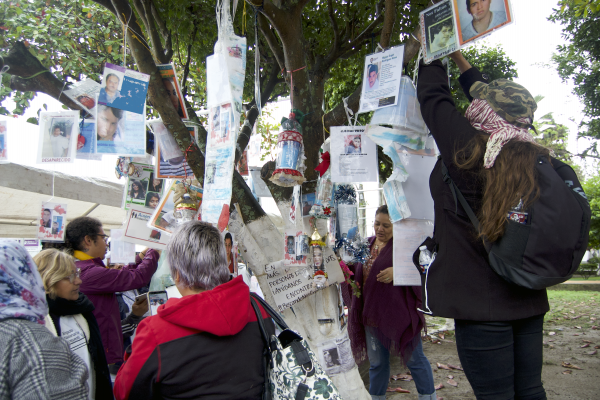Jun 8, 2020
“My name is Maria Herrera,” she told the congregation, “and I have four disappeared sons.” She went on to plead for their solidarity: for anyone with information about where the brigade might find clandestine graves to speak out. The brigade, Maria emphasized, doesn’t look for guilty parties. They don’t care about finding out who took their loved ones. They just look for their family members, dead or alive.
Read the Full Article

Already a subscriber? Login
